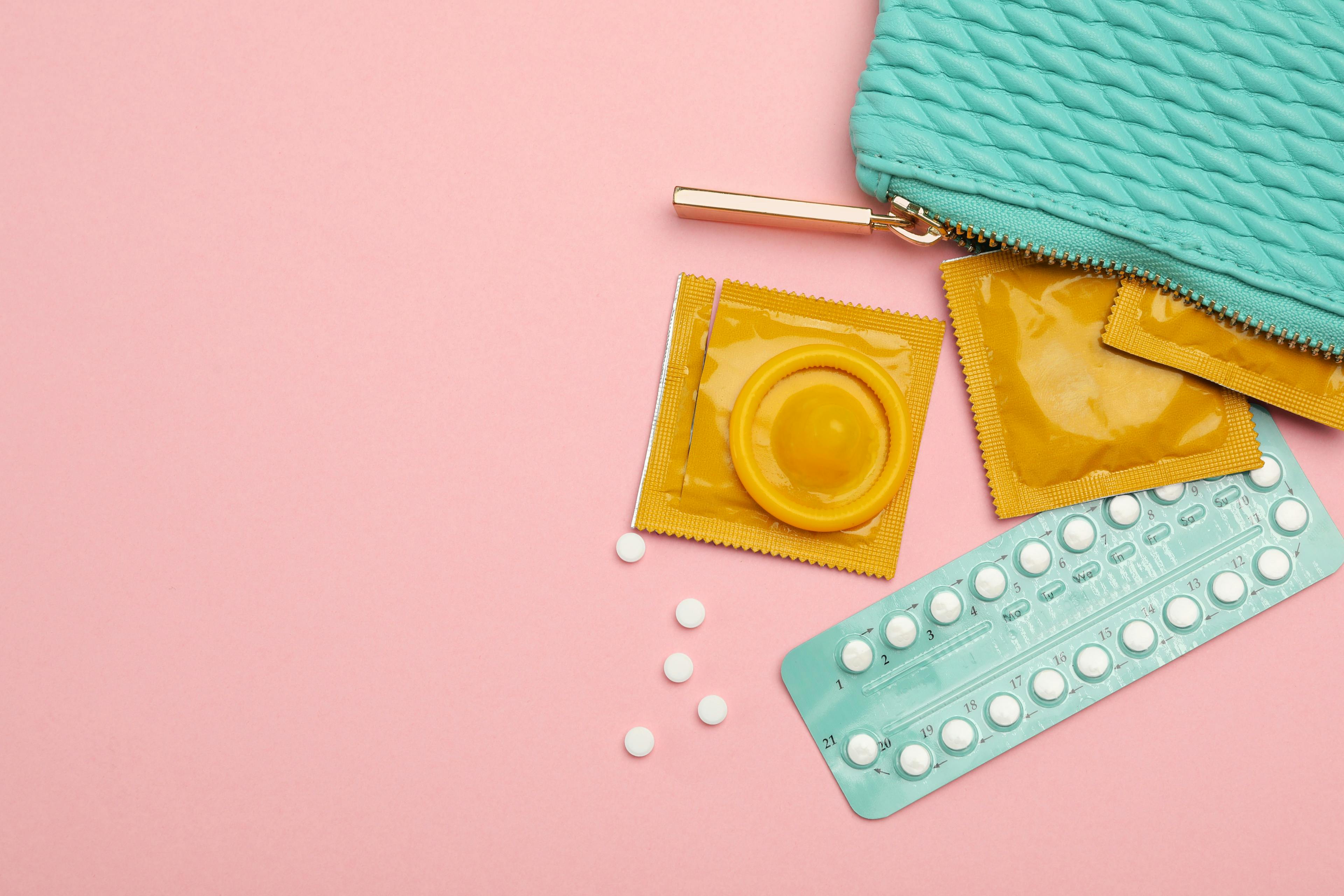Contraception for adolescents post-Dobbs
At the 2023 ACOG Annual Clinical & Scientific Meeting, methods of providing contraception to adolescents in a post-Dobbs era were discussed.
Contraception for adolescents post-Dobbs | Image Credit: © New Africa - © New Africa - stock.adobe.com.

New approaches to prescribing contraception to adolescents should be considered in a post-Dobbs era, according to data presented by Julia Cron, MD; and Aileen Gariepy, MD, at the 2023 American Academy of Obstetricians and Gynecologists Annual Clinical & Scientific Meeting.
Carey v Population ensured adolescents’ right to contraception in 1977, allowing adolescents to receive contraception without parental consent. In 2021, 21% of adolescents were reported as sexually active, with activity seen in 23% of female adolescents and 19% of male adolescents. Of sexually active adolescents, 52% total used contraception, including 47% of female adolescents and 58% of male adolescents.
Contraceptive use is rising in adolescents, especially long-acting reversible contraceptives (LARCs). In 2006 to 2010, overall adolescent contraceptive use was 86%, and LARC use 3%. In 2015 to 2019, these rates rose to 91% and 15%, respectively.
Birth and abortion rates for adolescents have decreased from almost 40 per 1000 women and almost 20 per 1000 in 1973, respectively, to almost 10 per 1000and almost 5 per 1000 in 2017, respectively. The highest rates of pregnancy were seen in the South and Southwest.
Abortion care has seen significant disparities based on state, with even greater barriers seen among adolescents. Idaho is one of the most extreme anti-abortion states, passing a law to make helping a minor cross state lines for an abortion a felony. Near-total bans on abortion have been passed in 12 states, and 24 have restricted or plan to restrict abortion.
With contraception further limited by Dobbs v. Jackson Women's Health Organization, it is important for providers to find the right contraceptives for sexually active adolescents. Novel contraceptive methods include lactic acid, citric acid, potassium bitartrate, and vaginal gel (Phexxi; Evofem Biosciences).
Concerns for providers to consider when choosing the right contraceptive include effects on bone health, contraceptive use in gender diverse adolescents, and LARC use, including extended use. Skyla 13.5 mg should be considered for 3 years of use, Kyleena 19.5 mg for 5 years, and Liletta 52 mg or Mirena 52 mg for 8 years.
Emergency contraception (EC) should also be available for adolescents after sex. This includes a levonorgestrel intrauterine device (IUD) or copper IUD. One study found a 5.2% rate of adverse events needing medical care from levonorgestrel IUDs and a 4.9% rate from copper IUDs. A paracervical block may be used to reduce pain following an IUD placement.
Providers should also screen for reproductive or sexual coercion. This includes tampering with birth control methods, removing a condom without consent, tracking a period, and coercion into unprotected sex.
The following questions can be asked to screen for coercion: Has your partner ever forced you to do something sexually that you did not want to do or refused your request to use contraception? Has your partner ever tried to get you pregnant when you did not want to be pregnant?
Other questions include: Are you worried your partner will hurt you if you do not do what he wants with the pregnancy? Does your partner support your decision about when or if you want to become pregnant?
Overall, providers must remember adolescents are sexually active, and while many use contraception, not all use the most effective methods. Barriers often keep adolescents from accessing contraception, which will likely worsen in a post-Dobbs era. Evidence-based guidelines should be followed so adolescents can access the most contraceptive methods possible.
Reference
Cron J & Gariepy A. Contraception provision for adolescents in the post-Roe era. Presented at: 2023 Annual Clinical & Scientific Meeting. May 19-21. Baltimore, Maryland.

Recap on reproductive rights with David Hackney, MD, MS
December 20th 2022In this episode of Pap Talk, we spoke with David Hackney, MD, MS, maternal-fetal medicine physician at Case Western Reserve University and chair of ACOG's Ohio chapter for a full recap of where restrictions on reproductive rights have been and where they're going.
Listen
In this episode of Pap Talk, Gloria Bachmann, MD, MSc, breaks down what it means to be a health care provider for incarcerated individuals, and explores the specific challenges women and their providers face during and after incarceration. Joined by sexual health expert Michael Krychman, MD, Bachmann also discusses trauma-informed care and how providers can get informed.
Listen
Current treatments for recurrent bacterial vaginosis leave many patients dissatisfied
February 28th 2025A new study presented at ISSWSH highlights patient dissatisfaction with current treatments for recurrent bacterial vaginosis, emphasizing the need for more effective therapies and improved provider communication.
Read More





























